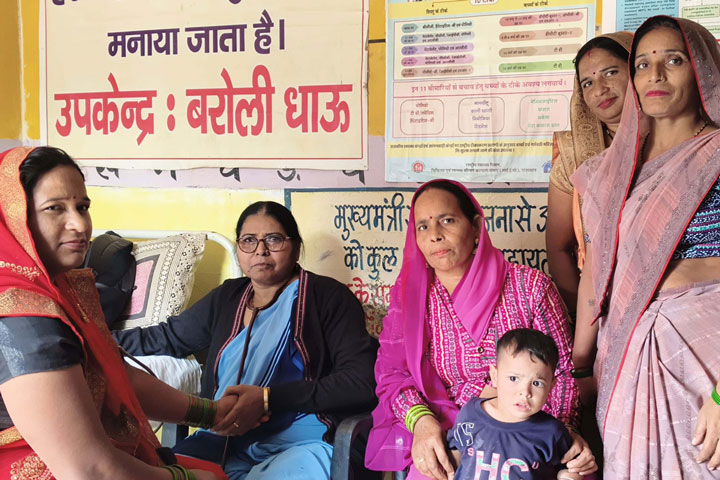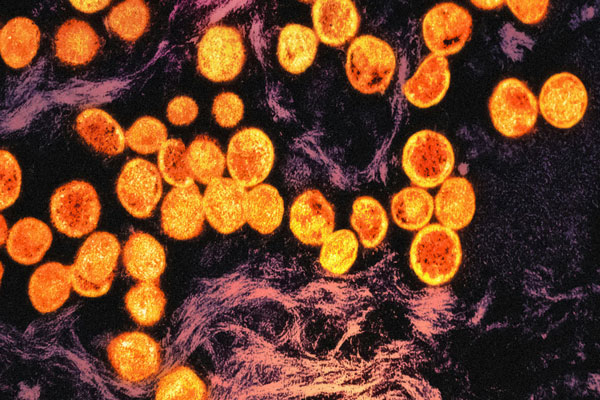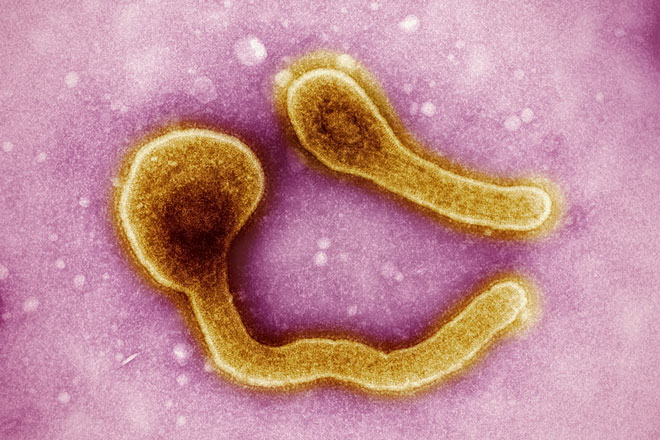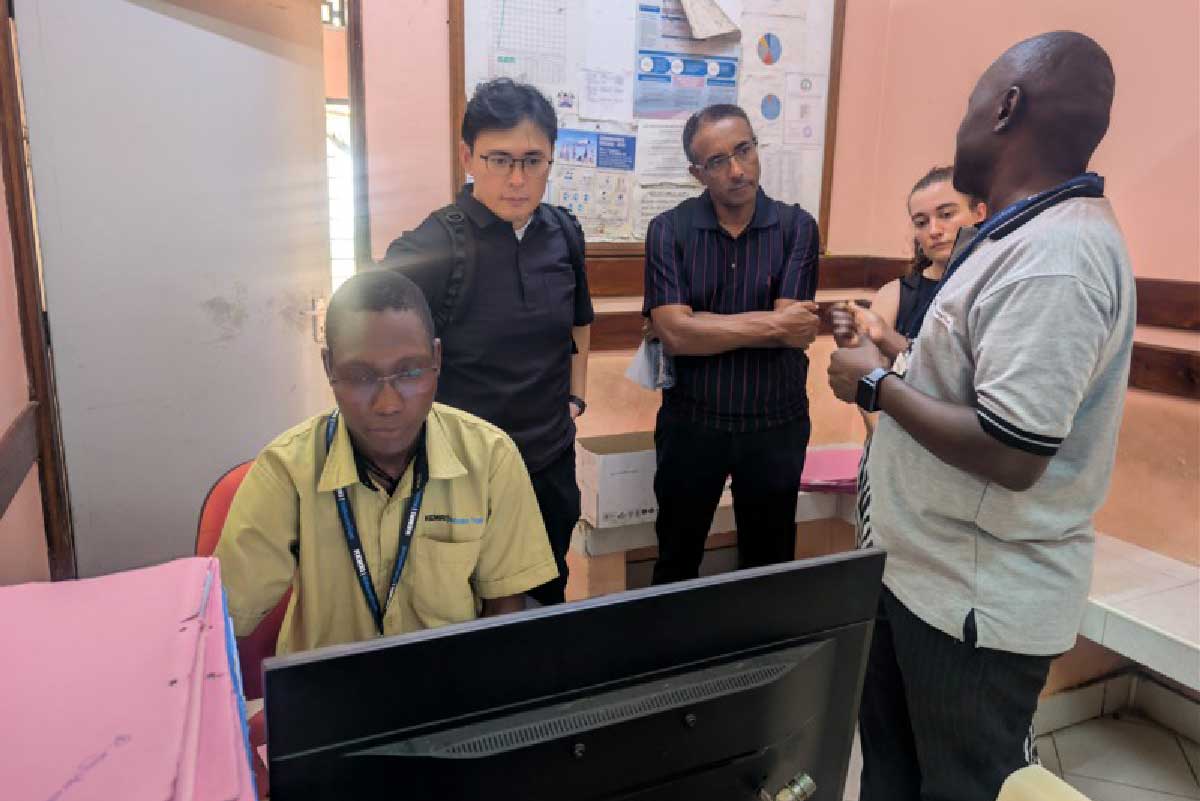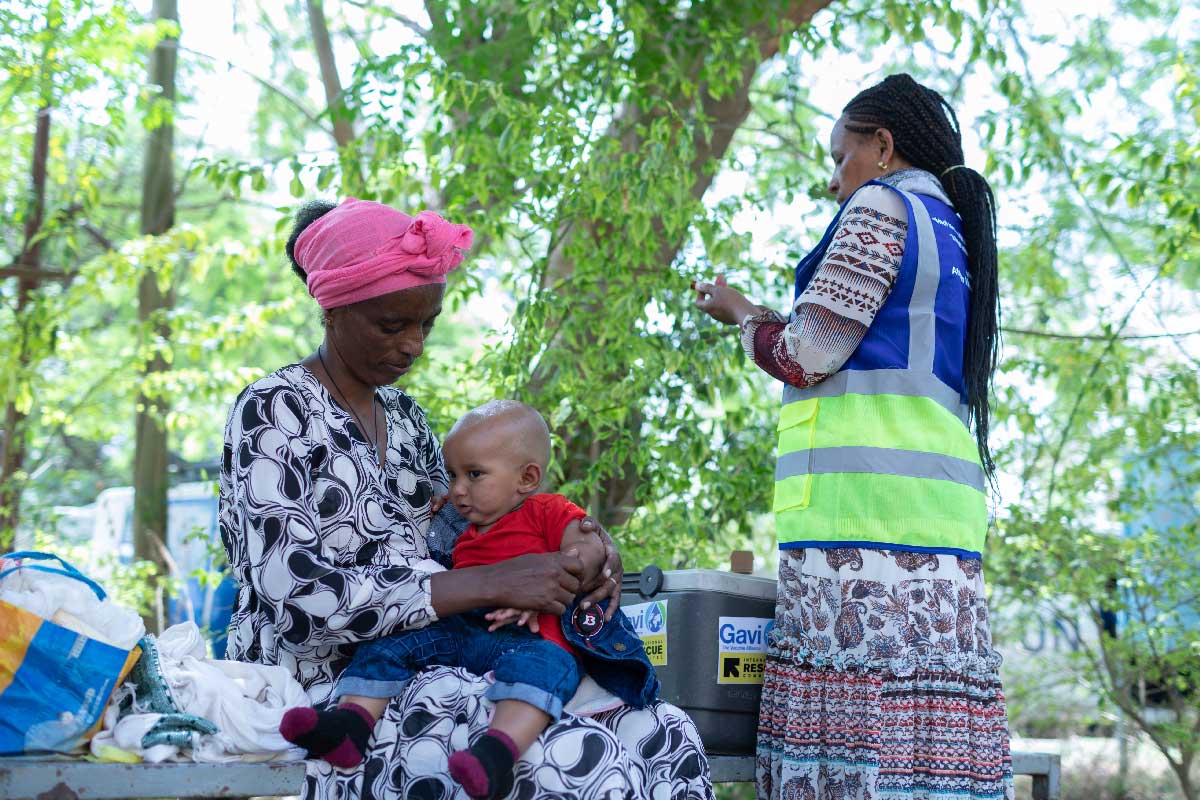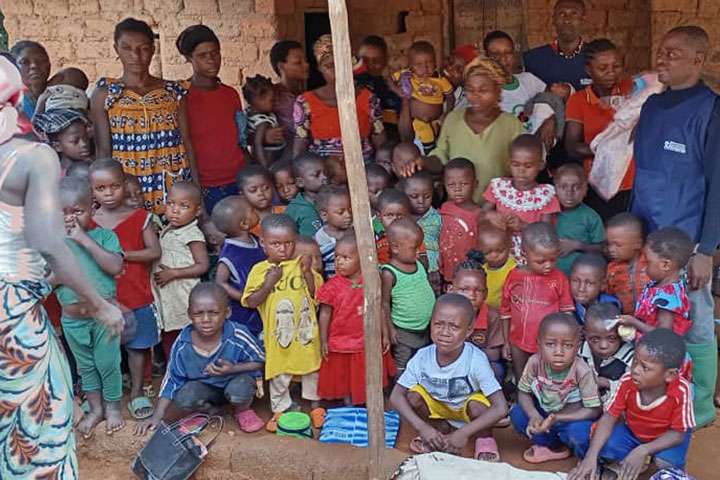Prepare for a bird flu pandemic now, virologists urge
Leading virologists from 40 countries warn of critical gaps in pandemic preparedness and outline a plan for readying the world.
- 9 May 2025
- 3 min read
- by Priya Joi
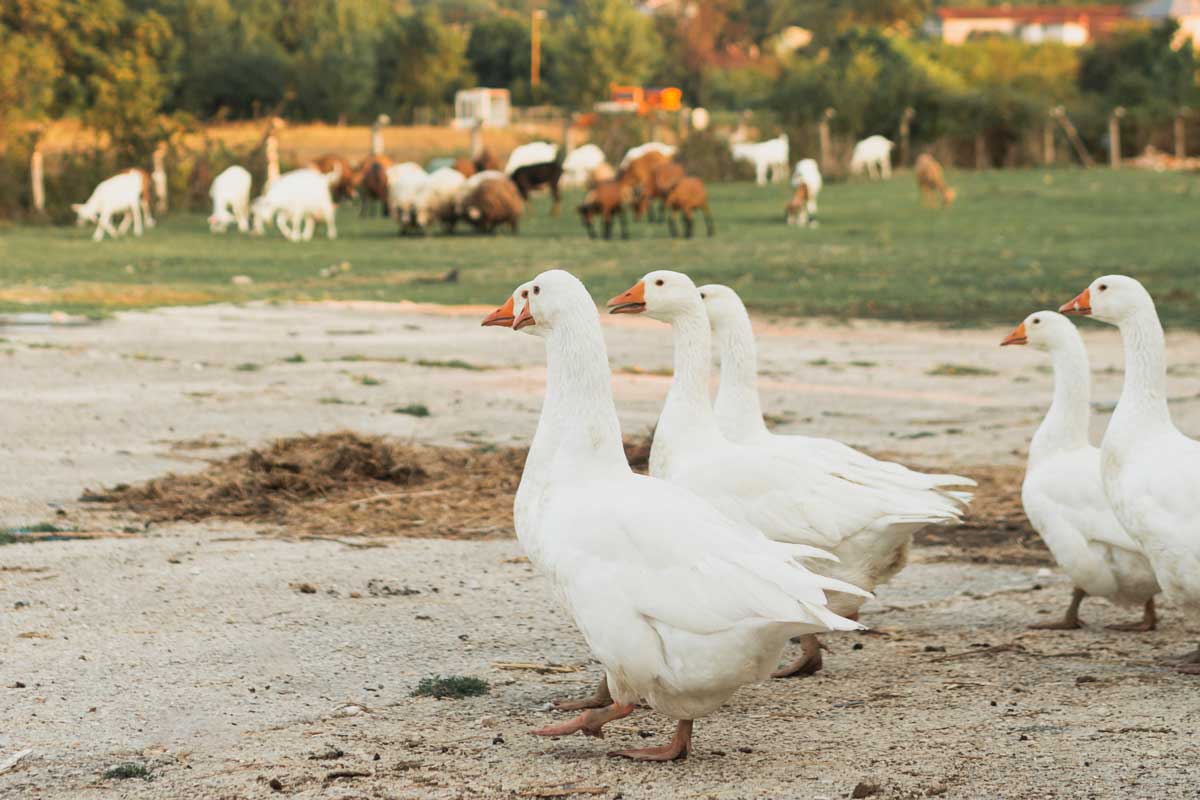
Top virologists from over 40 countries have delivered an urgent warning over the growing risk of an H5N1 avian flu pandemic, calling on global leaders to shore up defences against a virus that can kill one in every two people it infects.
For the last two years, the virus has evolved from circulating mostly in birds to becoming more adept at infecting mammals such as pigs and cattle. Although a handful of people have been infected, the virus hasn’t been able to spread from human to human – yet.
A report in The Lancet Regional Health – Americas by the Global Virus Network (GVN), a consortium of the world’s top virologists, says that unless urgent actions are taken to boost surveillance and biosecurity, prepare for potential human-to-human viral transmission, and protect communities through vaccination and other prevention methods, we could face a global health disaster.
Evolving virus
Influenza viruses are better than most other viruses at being able to jump between different species – this is why most of the pandemics so far have been influenza pandemics. The ability of H5N1 bird flu to infect mammals more easily is a worrying potential stepping stone to being able to more readily infect people.
Scientists are also worried about the potential for people to be co-infected with bird flu and seasonal flu, particularly considering the severe flu season the northern hemisphere recently experienced. If the bird flu virus were to acquire mutations that allow seasonal flu to spread between people, it could spell disaster.
Glaring gaps
When the COVID-19 pandemic hit, the world wasn’t prepared for it, and in its aftermath, global leaders and health experts vowed that countries would be better fortified in the event of another pandemic. The Global Virus Network scientists warn that there is limited surveillance at animal-human interfaces, meaning that we may not spot when bird flu starts to jump more often from animals to people.
And they cite “a lack of a clear pathway to mitigation measures”, so that even if surveillance does detect worrying signals, it is unclear how that would lead to a rapid and forceful enough response to quash a budding pandemic.
Have you read?
Preparing the world
The scientists outline a clear ten-point plan that they urge world leaders to implement now, so that if bird flu does become a pandemic, we have a chance of mitigating the damage it causes.
High on the list is faster genomic data sharing to help track mutations as they circulate, and investment in systems that could use this genetic data to predict the visible characteristics and traits of the virus.
Sharing genetic data can also be important in vaccine development – another area on their list. They say that more insight is needed to “understand breadth of protection for stockpiled vaccines, and their potential role in an early stage of a pandemic when fully matched vaccines are not yet available.”
As well as strengthening the public health infrastructure, the proposed plan urges improved biosecurity and biocontainment on farms, as contact between farm animals and people has driven several cases of animal-to-human bird flu in this current outbreak.
Finally, the virologists call for the development of several preparedness plans for the roll-out of tests, vaccines and therapeutics – including a framework for assessing current national stockpiles and new vaccine distribution. Ideally, tests should be delivered by local clinics, as this is faster to roll out and manage than setting up large regional testing hubs, but there should be good chains of communication so that data can be quickly gathered and analysed in a central location. A preparedness plan for the launch of rapid clinical studies to assess any new pandemic strain is also needed.
International collaboration will be essential, the authors conclude, adding that “while the current North American outbreak [in dairy cows] is largely mild, historic mortality rates of 50% from H5N1 in humans suggest the terrible consequences of underreacting to current threats.”
More from Priya Joi
Recommended for you
